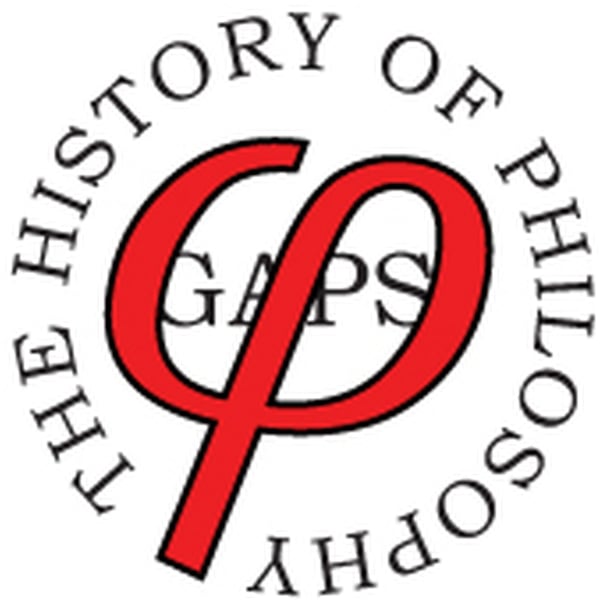HoP 406 - Believe at Your Own Risk - Toleration in France
History of Philosophy Without Any Gaps
Peter Adamson
4.7 • 1.9K Ratings
🗓️ 23 October 2022
⏱️ 18 minutes
🧾️ Download transcript
Summary
Transcript
Click on a timestamp to play from that location
| 0:00.0 | Hi, I'm Peter Adamson, and you're listening to the History of Philosophy podcast, brought to you with the support of the Philosophy Department at King's College London and the LMU in Munich, online at Historyofilosophy.net. |
| 0:27.0 | Today's episode, believe at your own risk, toleration in France. |
| 0:34.0 | Let's agree to disagree. Superficially, it sounds like a friendly thing to say, but it usually comes with an implication of giving you extremely good reasons to agree with me, but you are stubbornly refusing to accept them, so I'm just going to give up on convincing you, for now. |
| 0:50.0 | It's the argumentative equivalent of breaking up with someone and using the obviously insincere excuse, the problem isn't you, it's me. |
| 0:58.0 | Presumably, French people have their own equivalents of such phrases, at least back in the 16th century, when people in France rudgingly agreed to disagree about the religious disputes that tore their society apart. |
| 1:09.0 | That offer was almost always coupled with an unspoken or spoken caveat. The problem isn't us, it's you. |
| 1:17.0 | Even the high points of religious toleration in the second half of the 1500s were arrived at grudgingly. They were hedged with caveats and time limits, the fervent hope was that tolerance would not be necessary for long. |
| 1:29.0 | Civil war between Catholics and the French Protestants or Huguenots broke out in 1562 after a rapid proliferation of Protestant churches, starting around 1555. |
| 1:40.0 | And if you're wondering why they were called the Huguenots, join the club. No one knows for sure, but it may be derived from the German term idgenossen, meaning confederates, which would be appropriate for a civil war. |
| 1:52.0 | The Queen Mother, Catherine de Medici, announced an edict of toleration for Protestantism at the beginning of 1562, which was explicitly labeled as a temporary measure, but this did not succeed in calming the situation. |
| 2:05.0 | By 1585, the French Crown would be announcing a very different policy that all Frenchmen must be Catholic, with a six month period allowed for conversion. |
| 2:15.0 | Across the two intervening decades, there was open warfare between the Huguenots and their Catholic enemies, whose cause was led by the powerful Gies family. |
| 2:24.0 | There were also public executions, already in 1546, 14 Protestants were burned alive in Moe, where Bishop Brissonet had gathered an early circle of reform-minded intellectuals, including, as we saw, Liffe de Tapie. |
| 2:38.0 | And then there were the popular conflicts that erupted when, say, Protestants smashed up a church out of iconic-last zeal, leading to violent battle with local Catholics. |
| 2:48.0 | A temporary end to the conflict came near the end of the century, with the 1598 edict of Nantes. |
| 2:54.0 | This new proclamation of tolerance for Protestants remained in force until it was revoked in 1685. |
| 3:00.0 | At no stage, during all this bloodshed, did it occur to either of the warring parties that the problem might be them. |
| 3:07.0 | Attempts at reconciliation, like the 1561 Coliquée of Poissie, were intended not so much to bury the hatchet as used to cut off the heretical growth within Christianity. |
| 3:18.0 | The Catholics spoke of conquering and leading back the brothers who have strayed, while the Huguenots boasted, we shall make them admit before this holy assembly that it is we and not they who follow the true church. |
| 3:31.0 | Even the word tolerance, which, to our ears, has peaceful and generous connotations, had a more negative meaning in this context. |
| 3:38.0 | The French verb, torre, conveyed the idea of suffering through something, not the idea of genuinely agreeing to disagree. |
| 3:45.0 | For the Catholics, offering, toleration was a pragmatic concession, a last resort after persuasion and military action had failed. |
... |
Transcript will be available on the free plan in -890 days. Upgrade to see the full transcript now.
Disclaimer: The podcast and artwork embedded on this page are from Peter Adamson, and are the property of its owner and not affiliated with or endorsed by Tapesearch.
Generated transcripts are the property of Peter Adamson and are distributed freely under the Fair Use doctrine. Transcripts generated by Tapesearch are not guaranteed to be accurate.
Copyright © Tapesearch 2025.

